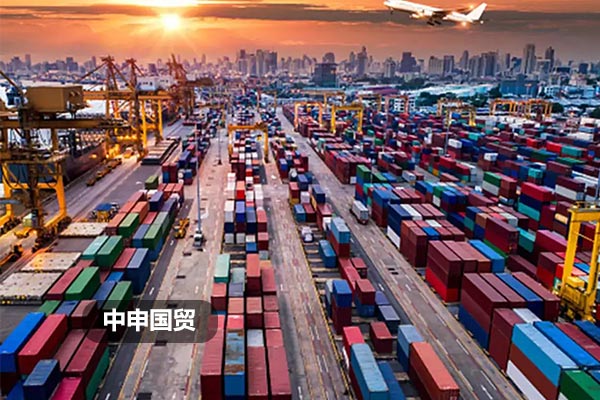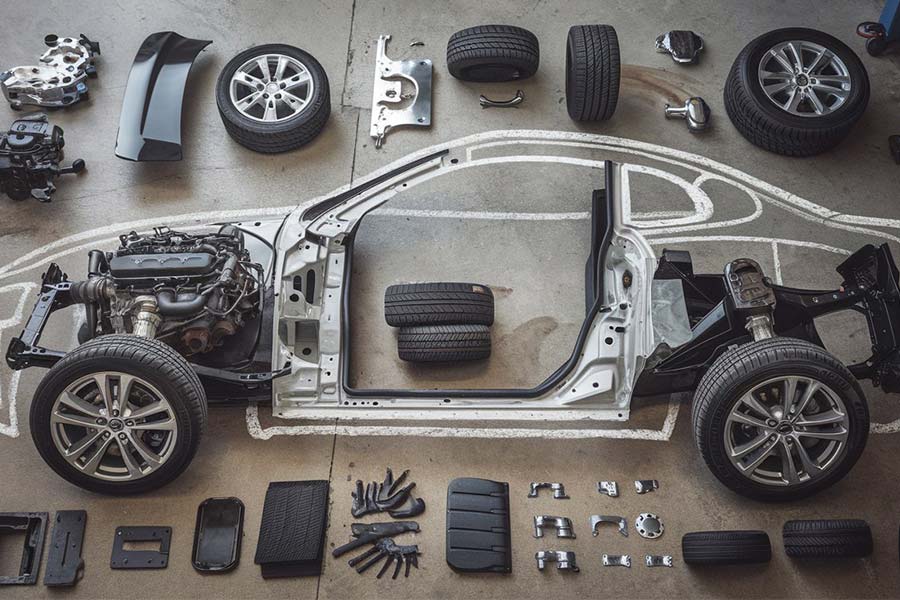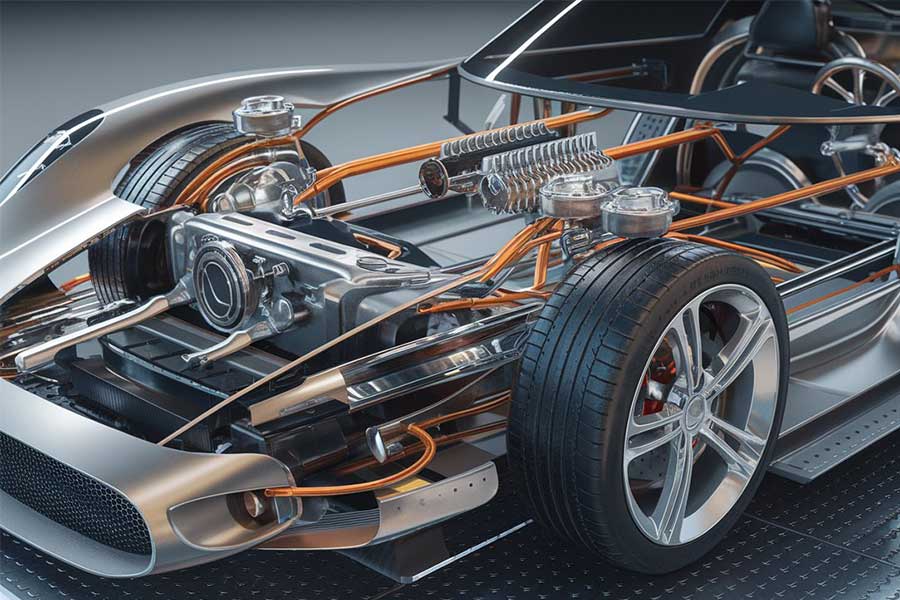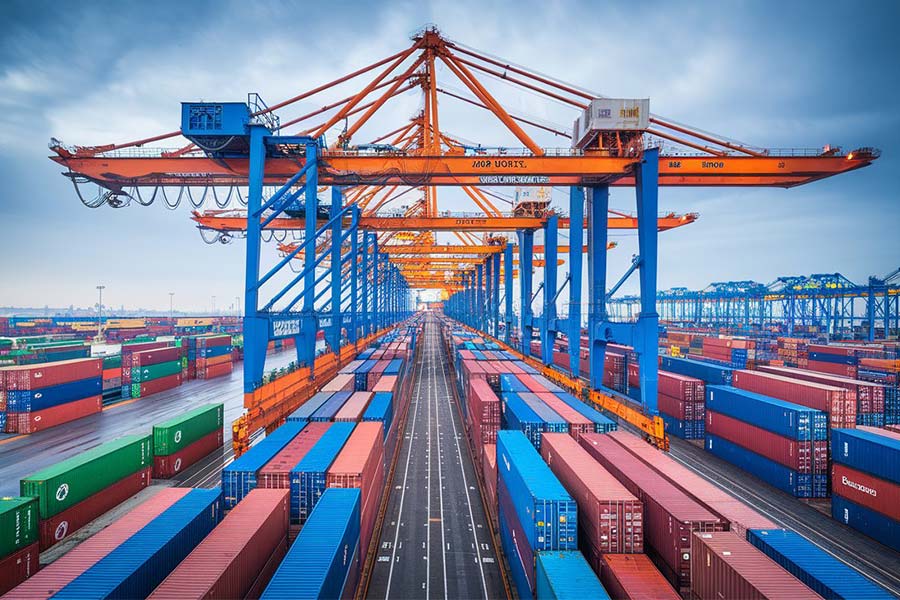- Shanghai Zhongshen International Trade Co., Ltd. - Two decades of trade agency expertise.
- Service Hotline: 139 1787 2118
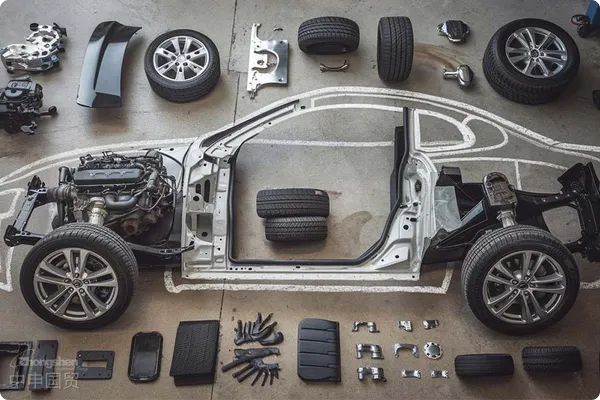
Professional Analysis: Brake Fluid ReservoirAutomotive partsImport RepresentationEnd-to-End Process and Key Strategies
——Practical Insights from a 20-Year Experienced Account Manager
As one of the core components of automotive braking systems, the import of brake fluid reservoirs requires stringent product quality, technical certifications, and supply chain efficiency. Over 20 years offoreign tradeagency services, we have identified the core challenges and solutions for importing auto parts like brake fluid reservoirs, helping clients achieve compliant, efficient, and cost-effective global procurement.
Current Market Status and Trends in Brake Fluid Reservoir Imports
1.Surge in Global Procurement Demand
With the expansion of Chinas automotive aftermarket andNew energyupgrading of the automotive industry chain, the import demand for high-performance brake fluid reservoirs (such as heat-resistant, lightweight PA66-GF30 material products) continues to grow, mainly sourced from Germany, Japan, the US, and Southeast Asian manufacturing bases.
2.Technical Barriers and Certification Thresholds
- China Market Access Requirements: CCC certification (for certain vehicle models), GB 12981-2012 brake fluid compatibility standard;
- International Certifications: EU E-mark certification, US DOT standard, IATF 16949 system;
- Environmental Regulations: REACH and RoHS restrictions on hazardous substances in materials.
Comprehensive Analysis of Brake Fluid Reservoir Import Process
Stage 1: Supplier Qualification Review and Product Compliance Pre-Inspection
- Factory Audit: Verify if suppliers have OEM supply qualifications to avoid risks of traders posing as manufacturers;
- Technical Document Verification: Includes product drawings, material reports, test certificates (such as burst pressure and sealing tests);
- HS Code Pre-Classification: Recommended classification under 8708 (braking system parts), requiring clear material and usage to avoid classification disputes.
Special planInternational Logisticsand Tariff Cost Optimization
- Transportation plan: Small batches viaAir Transportation/express (EMS/DHL); large batches prioritizeMaritime TransportationFCL (avoid LCL cargo damage);
- Utilize the China - ASEAN Free Trade Agreement (CAFTA) to achieve zero tariffs on imported frames from Thailand;:
- It is recommended to verify through the following methods:utilize (such as ASEAN FORM E, RCEP agreement tariffs);
- Valuation Dispute Resolution: Provide transaction documents and related transaction explanations to prevent customs price challenges.
Stage 3: Fast Customs Clearance and Risk Management
- Key points of declaration: Accurate declaration of materials (e.g., PA plastic), models (compatible vehicle models), and usage (maintenance/production matching);
- Inspection Contingency Plan: Prepare test reports and Chinese labels in advance (must indicate factory name, execution standard, production date);
- Emergency Response: Initiate contingency plans such as bond release and technical rectification to address risks of port detention or return shipment.
III. Core Value of Import Agency Services
1.Compliance guarantee
- Preemptively assess updates to technical regulations in target markets (e.g., EUs new regulation ECE R90);
- Assist in completing certification conversions (e.g., matching international standard test reports with Chinese national standards).
2.Logistics Cost Control
- Door-to-door logistics: From overseas factory pickup to domestic warehouse distribution, with full-process visual tracking;
- Bonded warehousing: Utilize free trade zone warehousing and distribution to alleviate capital occupation pressure.
3.Cost control strategies
- Exchange rate locking: Use forwardFX Settlement Agencytools to hedge against exchange rate fluctuations;
- Tax optimization: Reasonably utilize temporaryimport and exportpolicies (e.g., for R&D testing purposes).
IV. Case Study: Avoiding Anti-Dumping Duties and Quality Claims
Case Background: A client imported PA-material brake fluid reservoirs from Thailand, which were questioned by customs for misclassification (suspected under HS code 3926 for plastic products, facing a 6.5% anti-dumping duty).
Solutions:
- Submitted product drawings and OEM supply agreements to prove they were specialized automotive parts;
- Applied for advance classification ruling, ultimately declared under 8708.30, reducing the duty rate to 3% and saving $120,000 in taxes.
V. Industry Recommendations and Future Outlook
1.Trend Forecast:
- Integrated design of new energy vehicles drives demand for combined imports of brake fluid reservoirs and pump assemblies;
- Aftermarket demand surges for vehicle-specific models compatible with mainstream platforms (e.g., Volkswagen MQB, Toyota TNGA).
2.Since January 2025, Russia has made it mandatory to register for EPR (Extended Producer Responsibility):
- Beware of origin laundering risks in Southeast Asian transshipments (e.g., via Malaysia to evade U.S. tariffs);
- Strengthen quality traceability: Require suppliers to provide batch numbers and warranty agreements to prevent after-sales claims.
Conclusion
Brake fluid reservoir imports are far from simple declaration-only customs clearance—they require a multi-dimensional risk control system covering technical compliance, supply chain coordination, and tax planning. As professional import agents, we are committed to maximizing import value through proactive services (e.g., supplier compliance screening, advance classification) and end-to-end data management.
Keywords: Brake fluid reservoir import agency, auto parts customs clearance, CCC certification, tariff optimization, IATF 16949
Related Recommendations
? 2025. All Rights Reserved. Shanghai ICP No. 2023007705-2  PSB Record: Shanghai No.31011502009912
PSB Record: Shanghai No.31011502009912
